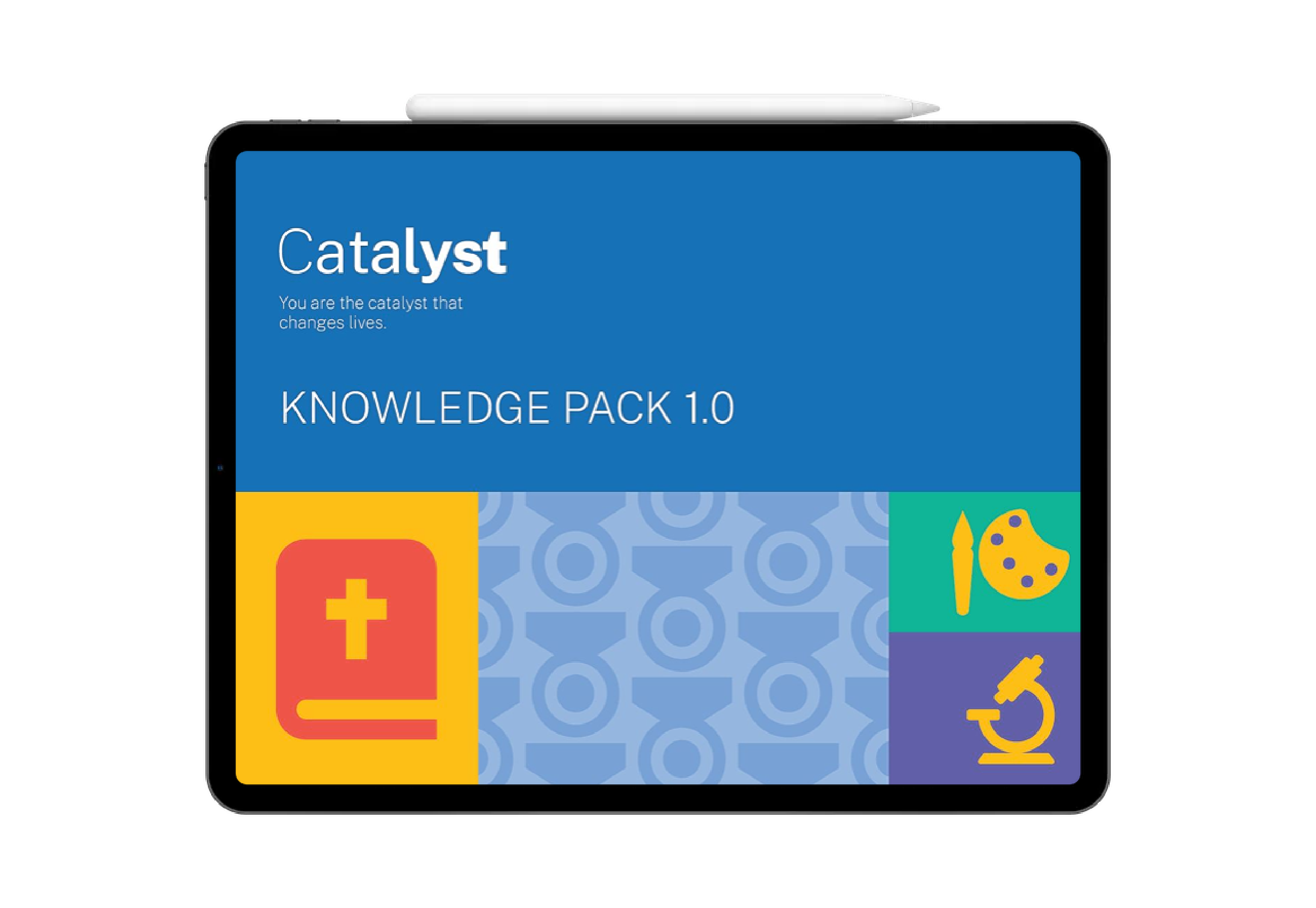High Impact
Teaching Practice
High Impact Teaching Practice (HITP) is based on national and international research on how students learn, process and retain information. It aligns to the Science of Learning and cognitive science principles and creates a practical methodology for best practice teaching in the classroom.
TEACHING APPROACH
The elements of High Impact Teaching Practice
Explicit Instruction
Retrieval Practice
Engagement and participation
Explaining and modelling
Checking for understanding
High Impact Teaching Practice
Visible in every classroom
Catalyst has a bold goal that High Impact Teaching Practice is visible in every classroom. This is enabled by high-quality curriculum resources, professional learning, system-wide assessment and peer support, allowing teachers to do what they do best – teach.
HITP sets clear expectations for students, so that they enter the classroom ready to learn. Research shows that students learn best when they are given explicit instruction, accompanied by lots of practice and feedback (Sweller, 2011).


TEACHING APPROACH
Consistently applied, confidently delivered
Teachers are provided with a specific lesson structure, and guidance in how to apply the principles consistently. Students become actively engaged in their learning and through clear direction, classroom behaviour improves.
CECG teachers are encouraged to share best practice principles and resources. Through collaborative professionalism, teachers build efficacy and consistency in curriculum content. They also experience a reduced workload from lesson planning and preparation, freeing up time to focus on the needs of the students.
Testimonials
“I think success builds success. Having those explicit lessons that we have now, thanks to Catalyst, allows all teachers to teach well. That’s what’s happening at our school now.”
“You can go into any classroom in the school now and you see High Impact Teaching Practices evident, every day, in nearly every lesson…learning is easier for our students”
“Breaking down concepts into small steps has progressed the children’s understanding dramatically. All children are engaged and feel empowered, as it is failure proof.”


